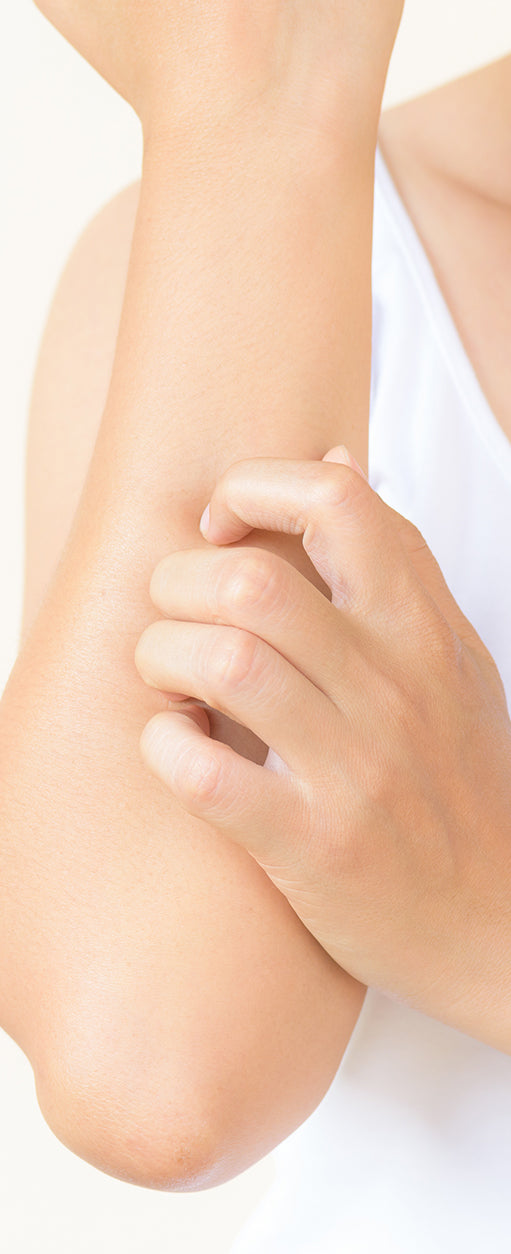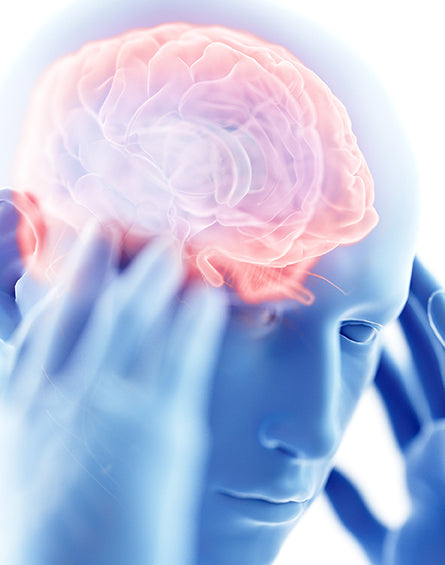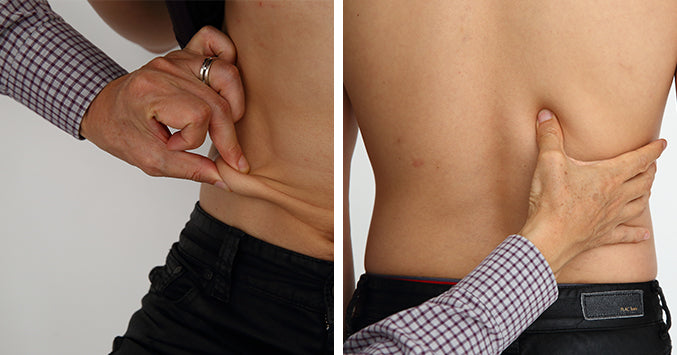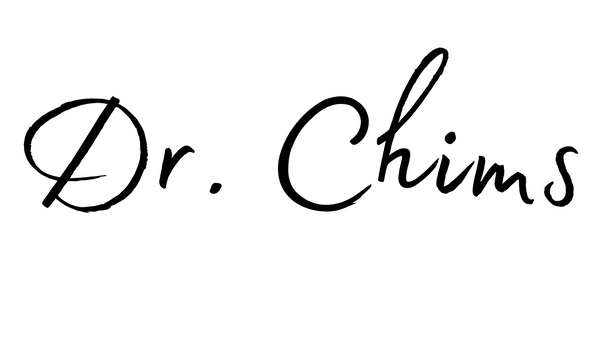Postherpetic Neuralgia

Herpes zoster is a disease caused by a virus due to the weakened immune system. Blisters form in the skin where nerves are damaged, and this causes severe pain. While the disease is easily treated using antiviral drugs, some patients continue to sufer from postherpetic neuraligia, the pain experienced in the aftermath of herpez zoster. Postherpetic neuralgia is more common in the elderly who have weakened immune systems.

Cause
When the immune system weakens, the reciprocal balance of neurotransmitters is disturbed. Even after recovering from herpes zoster, the sensory nerves may not completely recover, leading to an insufficient release of endorphin. This is when the pain persists, causing postherpetic neuralgia.
Issues with conventional treatment
Current treatments of postherpetic neuralgia include injection of the steroid or other drugs in spinal nerves, or using high frequency waves to block the nerves, thereby eliminating pain.
The steroid was once called a ‘miracle drug’ for eliminating inflammation and pain. However, extreme caution is required with the use of the steroid because a long-term use can weaken bones or cause Cushing's syndrome, where the face swells up.
The most effective way of releasing pain is to use a naturally-released substance from the body like endorphin. Endorphin has analgesic and anti-inflammatory effects that are hundreds of times stronger than the steroid. There are no side effects with this natural treatment.
Endorphin is one of the neurotransmitters and is released when the sensory nerve is stimulated.
Currently, devices like TENS and laser are used in phyiscal therapy to stimulate sensory nerves to release the endorphin.
Sensory nerves have a tendency of responding to weak stimuli than strong ones. The stimulation of sensory nerves is called gate control. This makes it challenging to penetrate deeply to the area of pain and reach the sensory nerves.
The level of intensity of stimulation needs to be adjusted according to the severity of the pain as well as the type of disease. TENS, the commonly used physical therapy device, uses a uniform stimulation, resulting into an inconsistent stimulation of sensory nerves. The effectiveness is therefore often insufficient.

What is Chims Treatment?
Endorphin is one of the neurotransmitters and is released when the sensory nerve is stimulated.
In the area of pain or inflammation, free radicals — equivalent to 1/1000 of the light of a firefly — are generated. They are called bio-photons.
When the light generated from the area of pain is retro-reflected (back to the area of pain), it creates a phenomenon of mutual resonance. Due to the same range of wavelengths, the light can penetrate deeply into wound, stimulating the corresponding sensory nerves until the pain is relieved.
The therapeutic effectiveness, safety and efficacy of the Chims Band treatment were confirmed by The Study on the Analgesic Effect of Chims Band after Endoscopic Shoulder Surgery, conducted under supervision of the Korean Ministry of Food and Drug Safety and received the support of Dongshin University Oriental Medicine Hospital, Gwangju, Korea.
The study proves that the stimulation of sensory nerves by using the light of the body can activate endorphin, the analgesic substance.
Self-diagnosis

How to identify the pain area
Place your hand around the area where you experience pain. Using the thumb and index finger, lightly pinch the skin and rub between fingers to identify the entire pain area. It is recommended to lift up 3-5 cm of the skin for diagnosis.
If the pain is too severe, and pinching is not possible, rub around the area of pain to identify the areas where inflammation has spread.
Treatment
When Chims Band re-stimulates sensory nerves, the body will release endorphins, causing the symptoms of postherpetic neuralgia to disappear.
For those who have difficulties using Chims Band due to body hair, skin allergies, of for those who need to be treated for a long time, Chims Wear is recommended to use.
Because the endorphin is one of the neurotransmitters, which can cause neurological disorders when imbalanced, postherpetic neuralgia is more common to people who are vulnerable to stress or have weak immune systems. For patients with other neurological diseases such as insomnia, depression, anxiety, and chronic fatigue, it is strongly recommended to check out the Neurological Disease in the menu and treat other diseases simultaneously. This will increase the effectiveness of the treatment of postherpetic neuralgia.
How to use
-

01. Chims Band (tape) treatment
Attach Chims Band to cover the entire identified areas of pain. Be sure to cover even the parts where the pain is milder.
Postherpetic neuralgia may need to be treated with the treatment of other neurological diseases. (Refer to Neurological Disease section of the menu.)
* Caution: Chims Band may cause skin allergies.
* It is recommended to apply Chims Band for a few more days even after the symptoms improve because there are cases where pain is latent.
-

02. Chims Wear treatment
Chims Wear is a product designed to assist people who need a long-term treatment of stress-related symptoms. The product, because it does not require attachment to the skin like Chims Band, is also recommended for people who have weak skin or hairy skin.


